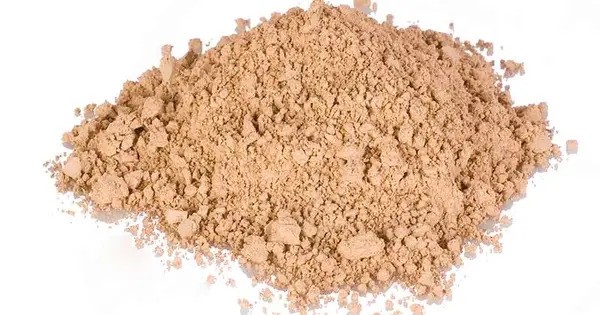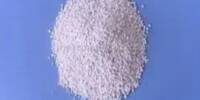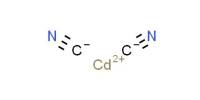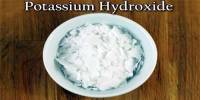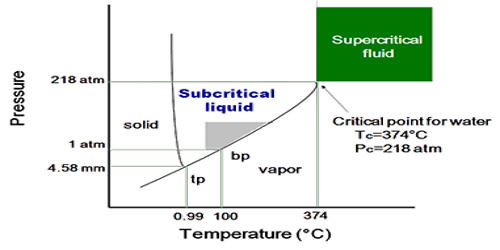Bismuth oxychloride is an inorganic compound of bismuth with the formula BiOCl. It is a lustrous, white crystalline compound known for its pearlescent sheen, widely used in cosmetics, pigments, and pharmaceuticals. It is a lustrous white solid used since antiquity, notably in ancient Egypt.
Chemically, it’s composed of bismuth, oxygen, and chlorine, with a tetragonal crystal structure that contributes to its reflective properties. Light wave interference from its plate-like structure gives a pearly iridescent light reflectivity similar to nacre. Previously, until the last decade of the twentieth century, bismuth oxochloride was known as bismuthyl chloride. It is also known as pigment pearl white.
In cosmetics, BiOCl is prized for its ability to impart a silky, radiant finish in products like foundations, eyeshadows, and lipsticks. Its light-diffusing properties enhance skin appearance, providing a smooth, glowing effect. It’s generally considered non-toxic and skin-safe, though rare sensitivities may occur.
Industrially, BiOCl serves as a pigment in paints and coatings due to its opacity and durability. It’s also explored in photocatalysis for environmental applications, leveraging its semiconductor properties to degrade pollutants under light exposure.
Properties
- Chemical formula: BiOCl
- Molar mass: 260.43 g·mol−1
- Appearance: Lustrous white crystals with a pearly iridescent light reflectivity
- Density: 7.36 g/cm3 (measured), 7.78 g/cm3 (calculated)
- Solubility in water: negligible
- Solubility: soluble in acids
- Stability: Chemically stable under normal conditions but may react with strong acids.
Structure
The structure of bismuth oxychloride can be thought of as consisting of layers of Cl−, Bi3+ and O2− ions (in the image Bi = grey, O = red, Cl = green). These ions are ordered as Cl–Bi–O–Bi–Cl–Cl–Bi–O–Bi–Cl, i.e., with alternating anions (Cl−, O2−) and cations (Bi3+). The layered structure gives rise to the pearlescent properties of this material.
Synthesis and reactions
BiOCl is synthesized via precipitation methods, often reacting bismuth salts with chloride sources. While stable, it requires careful handling to avoid inhalation of fine particles. Its unique optical and chemical properties make it a versatile material across multiple industries. BiOCl is formed during the reaction of bismuth chloride with water, i.e. the hydrolysis:
BiCl3 + H2O → BiOCl + 2 HCl
When heated above 600 °C, BiOCl converts to Bi24O31Cl10, called the “Arppe compound” which has a complex layer structure.
Natural Occurrence
- Found as the rare mineral bismoclite in nature, typically in hydrothermal veins or pegmatites associated with bismuth ores.
- Locations include regions with bismuth deposits, such as Bolivia, Mexico, and parts of Europe (e.g., Germany). It often forms in oxidized zones of bismuth-containing deposits alongside minerals like bismuthinite (Bi₂S₃).
- Natural bismoclite is uncommon and usually occurs in small quantities, making it less significant than synthetic production for practical use.
Synthetic Production
Commercially produced for industrial and cosmetic applications through chemical reactions, typically by reacting bismuth chloride (BiCl₃) with water or a hydroxide source under controlled conditions.
Widely used in cosmetics (e.g., foundations, eyeshadows) for its pearlescent effect, in paints, coatings, and as a pigment (often labeled as “synthetic pearl”). Also synthesized for use in photocatalysis, pharmaceuticals, and as a component in some electronic materials due to its semiconductor properties.
Applications
- Cosmetics: Prized for its light-reflecting, pearlescent qualities, giving a glowing effect in makeup products.
- Industrial: Used in pigments for paints, plastics, and coatings due to its luster and stability.
- Scientific: Employed in photocatalysis for environmental applications (e.g., water purification) due to its semiconductor properties.
- Pharmaceuticals: Occasionally used in medical formulations for its mild antibacterial properties.
